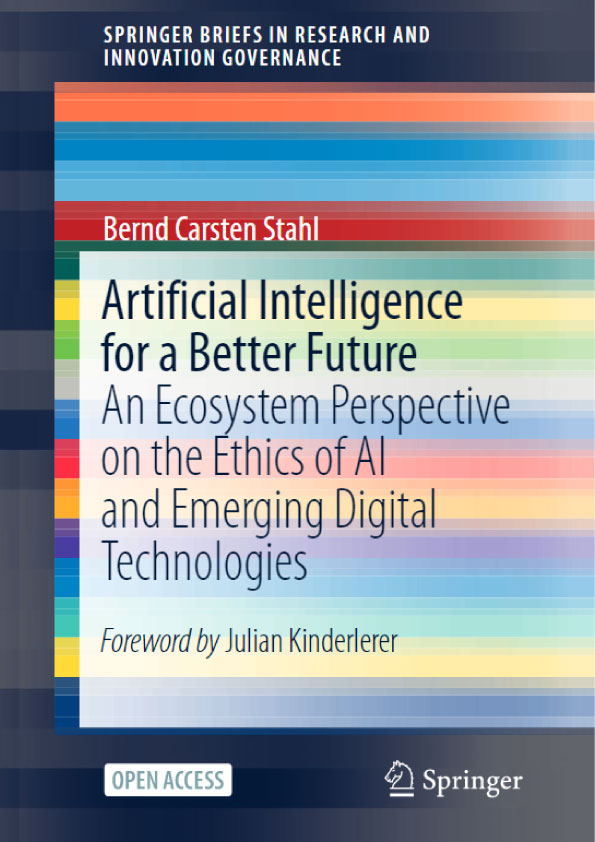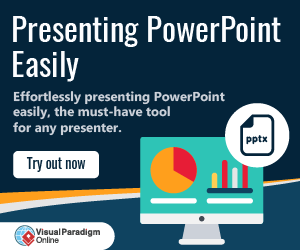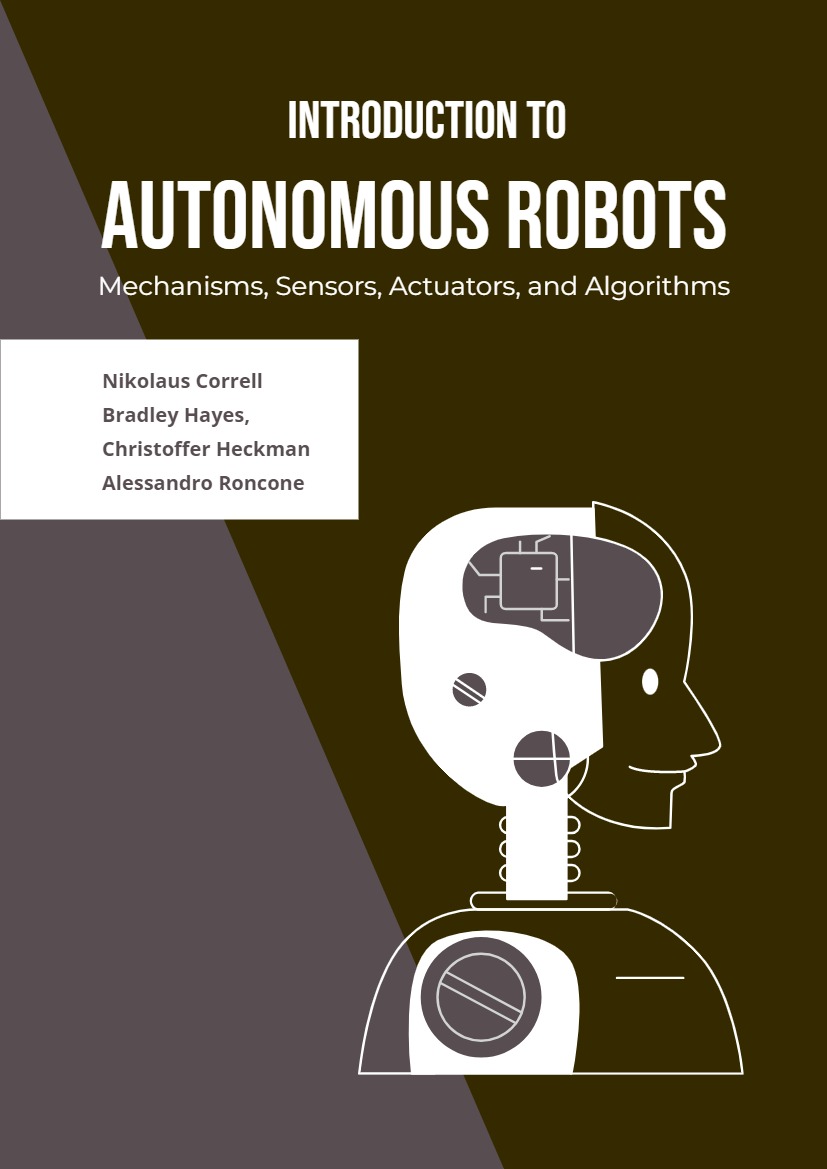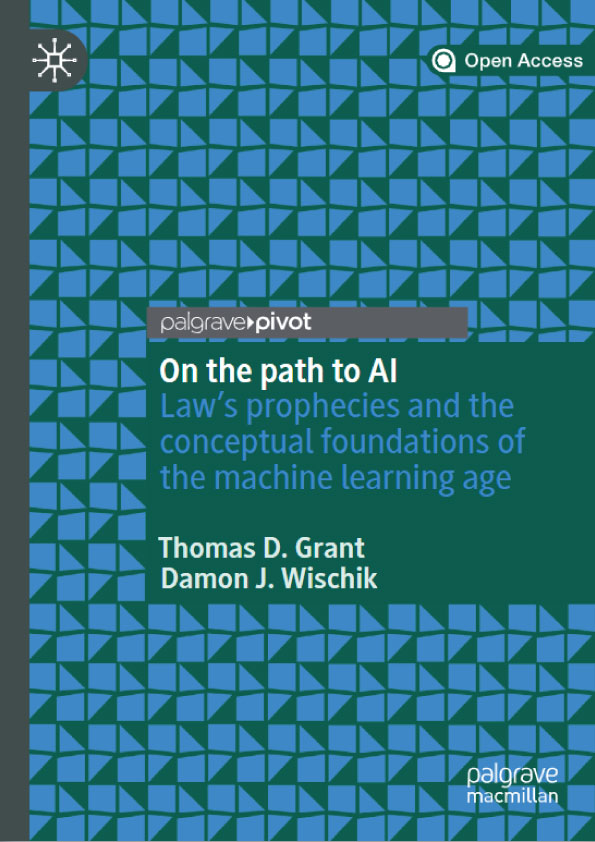Introduction
Abstract
The introductory chapter describes the motivation behind this book and provides a brief outline of the main argument. The book offers a novel categorisation of artificial intelligence that lends itself to a classification of ethical and human rights issues raised by AI technologies. It offers an ethical approach based on the concept of human flourishing. Following a review of currently discussed ways of addressing and mitigating ethical issues, the book analyses the metaphor of AI ecosystems. Taking the ecosystems metaphor seriously allows the identification of requirements that mitigation measures need to fulfil. On the basis of these requirements the book offers a set of recommendations that allow AI ecosystems to be shaped in ways that promote human flourishing.
Keywords
Artificial intelligence · Ethics · Human flourishing ·Mitigation strategies · Innovation ecosystem
Artificial intelligence (AI) raises ethical concerns. Such concerns need to be addressed. These two statements are not too contentious. What is less clear is what exactly constitutes the ethical concerns, why they are of an ethical nature, who should address them and how they are to be dealt with.
AI is increasingly ubiquitous and therefore the consequences of its use can be observed in many different aspects of life. AI has many positive effects and produces social benefits. Applications of AI can improve living conditions and health, facilitate justice, create wealth, bolster public safety and mitigate the impact of human activities on the environment and the climate (Montreal Declaration 2018). AI is a tool that can help people do their jobs faster and better, thereby creating many benefits. But, beyond this, AI can also facilitate new tasks, for example by analyzing research data at an unprecedented scale, thereby creating the expectation of new scientific insights which can lead to benefits in all aspects of life.
These benefits need to be balanced against possible downsides and ethical concerns. There are many prominent examples. Algorithmic biases and the resulting discrimination raise concerns that people are disadvantaged for reasons they should not be, for instance by giving higher credit limits to men than to women (Condliffe 2019), by referring white people more often than Black people to improved care schemes in hospitals (Ledford 2019) or by advertising high-income jobs more often to men than to women (Cossins 2018). AI can be used to predict sexual preferences with a high degree of certainty based on facial recognition (The Economist 2017), thereby enabling serious privacy breaches.
The range of concerns goes beyond the immediate effects of AI on individuals. AI can influence processes and structures that society relies upon. For example, there is evidence to suggest that AI can be used to exert political influence and skew elections by targeting susceptible audiences with misleading messages (Isaak and Hanna 2018). People are worried about losing their livelihoods because their jobs could be automated. Big multinational companies use AI to assemble incredible wealth and market power which can then be translated into unchecked political influence (Zuboff 2019).
A further set of concerns goes beyond social impact and refers to the question of what AI could do to humans in general. There are fears of AI becoming conscious and more intelligent than humans, and even jeopardizing humanity as a species. These are just some of the prominent issues that are hotly debated and that we will return to in the course of this book.
In addition to the many concerns about AI there are numerous ways of addressing these issues which require attention and input from many stakeholders. These range from international bodies such as the United Nations (UN) and the Organization for Economic Cooperation and Development (OECD) to national parliaments and governments, as well as industry groups, individual companies, professional bodies and individuals in their roles as technical specialists, technology users or citizens. As a consequence, discussion of the ethics of AI is highly complex and convoluted. It is difficult to see how priorities can be set and mitigation strategies put in place to ensure that the most significant ethical issues are addressed. The current state of the AI ethics debate can be described as a cacophony of voices where those who shout loudest are most likely to be heard, but the volume of the contribution does not always offer an assurance of its quality.





